Aggressive Timeline
Texas airport improvements include fast-tracking $3.5 million apron rehabilitation
When the budget to rehabilitate an airfield apron at San Angelo Regional Airport - Mathis Field dramatically increased, Garver and airport officials accepted an aggressive two-week design schedule challenge to capture the $2.5 million federal grant.
Contracted as the Texas airport's engineer of record in February 2008, Garver's initial project featured an apron rehabilitation and reconstruction project. The improvements were limited by a $500,000 budget due to the uncertain funding of the Federal Aviation Administration (FAA). The FAA's Airport Improvement Program (AIP) had lapsed and was operating under continuing resolutions.
The 3,600 by 600-foot concrete apron was approximately 60 years old, and although it had previously received routine maintenance, age and weathering had led to numerous pavement failures. The project's scope aimed to replace isolated cracked and spalling panels. The apron serves the airlines and the airport's FBOs (fixed base operators) and is essential for both commercial and general aviation. In April 2008, before Garver completed the project design, the FAA informed Airport Director Luis Elguezabal, AAE that an additional $2.5 million had become available. However, the funding stipulated that the grant be executed by the middle of June. After revising the project schedule, Garver recognized that the $3 million project needed to advertise for bids in just 16 days to meet this deadline.
"In a little more than two weeks, Garver dramatically expanded the design to include a full-depth reconstruction to capitalize on the increased funding," said Garver Project Manager Tim Siemens, PE.
The project advertised as promised on May 2, 2008 as a 21,000-square-yard reconstruction of the existing 6-inch concrete apron. The new pavement section consisted of 14-inch concrete on a cement treated base course.
During the project's advertisement, an additional $500,000 became available as many airports deferred their AIP grants. Prior to the bid opening on May 23, 2008, Garver fast-tracked the design to add another 4,000 square yards of apron reconstruction.
"I really appreciate Garver's responsiveness. Whenever something comes up, I just give them a call and they're on it," said Elguezabal.
Construction began on June 16, 2008 and was substantially complete by January 2009. The reconstruction widened the heavy-duty air carrier apron serving American Eagle, Continental Express and 737 charters. The reconstruction also includes a 220 by 660-foot section in front of the AMCOM hangar where AH-1 Apache helicopters are refurbished after returning from overseas.
Much of the construction was completed during overnight hours due to high summertime temperatures and to accommodate airline services. The project was completed on budget with no change orders.
Taxiway Reconstruction
In addition to the apron work, recent Garver projects at Mathis Field have included rehabilitating two parallel taxiways. Runway 18-36's parallel Taxiway Bravo and secondary parallel Taxiway Alpha suffered from high-severity raveling and weathering and medium-severity block cracking. Rehabilitating both taxiways serves to maintain and preserve the taxiway pavement, increase the operational safety and preserve operational capacity.
Rehabilitating Taxiway Bravo included milling and removing up to 2 inches of asphalt surface course and replacing it with up to 3 inches of asphalt surface course. Joints and cracks were sealed and the pavement restriped. The project is under construction and should be completed in December.
The Taxiway Alpha rehabilitation project also consists of removing and replacing failed pavement sections. The project extends roughly 3,300 feet to the north and intersects Taxiway Bravo. The project is in final design and should advertise for bids in 2010.
Jet Bridges
In January, passengers using Mathis Field's two jetways will be welcomed by new air-conditioning units. When the jetways were originally procured, the units were included as an alternate bid, but budget constraints prohibited their installation.
Garver's project design included new service and power distribution systems, special equipment performance specifications, controls, grounding and accessories. The new equipment includes 90 kVA combination 400Hz/28.5vDC solid state ground power units and 30-ton point-of-use pre-conditioned air (PCA) systems to support turboprop and regional jet services. This work included jet bridge pre-cool/pre-heat kits so the PCA units can also cool/heat the jet bridges.
Passenger Facility Charge Program
Garver completed the development of a Passenger Facility Charge (PFC) program update to empower Mathis Field with a source of local funds generated directly from aviation users.
For a number of years, the airport has collected PFCs at a rate of $4.50 per enplaned passenger on each scheduled air carrier flight. These funds are used to meet the local match for FAA grants or as a sole source of project funding.
This program update includes the development of a five-year Capital Improvement Program with a funding mechanism analysis for each project that enables a projection of PFC collection duration. Garver assisted the airport through the airline consultation process as well as a public information meeting and comment period for the proposed projects. Once airline consultation and public comment was complete, Garver produced a full PFC application for submission to the FAA for approval and subsequent continued collection of PFCs at the field.
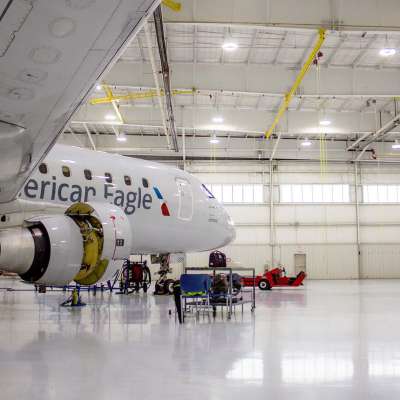
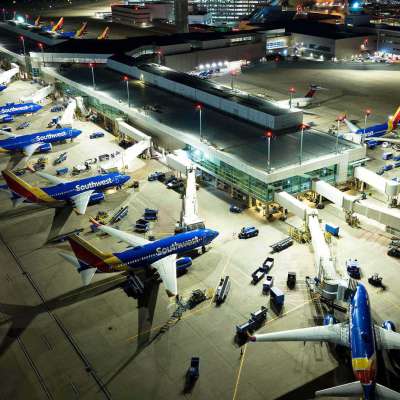
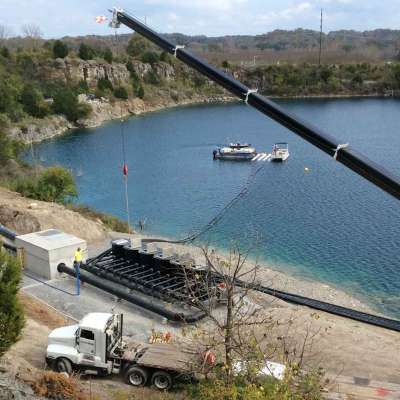
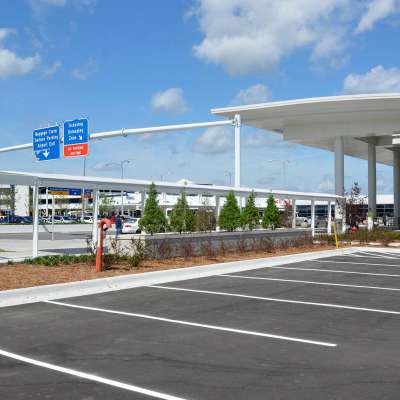



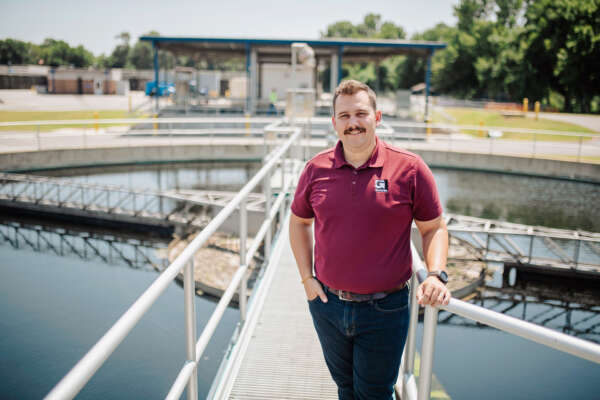





Share this article